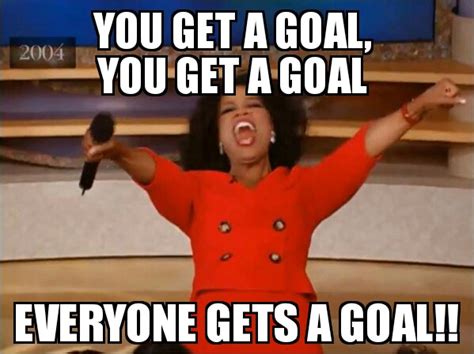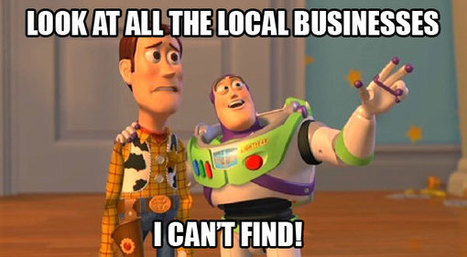A career in marketing is a lot of fun. It is easy to forget how much responsibility marketers have. The American Marketing Association (AMA) has a set of standards for Marketing Professionals to follow. This statement of ethics is followed by most agencies and individuals who market. The AMA’s code heavily influences stakeholder communications in particular.
Three ethical norms are the focus of the code. Do no harm, foster trust in the marketing system, and embrace ethical values.
Do no harm – This prevents marketers from knowingly (or through carelessness) harming the public by marketing a product or service. A primary source that influences what is and is not harmful is government regulatory agencies.
Foster trust in the marketing system – marketers should be honest and fair when promoting or communicating about products or services. This norm is supported when marketers clearly reveal all information and don’t make false or misleading claims about products or services.
Embrace ethical values – This part of the code may be the most open interpretation and the hardest to implement for international products and services. Marketers need to be truthful and prove that they value truth in advertising by how they communicate. A marketer should be fair, honest, respectful, and transparent to embrace ethical values. Additionally, showing community support is essential.
It can be difficult to uphold the code and market effectively. This is particularly true for new marketers who are focused solely on results. I strongly suggest new marketers visit the AMA website and review all the available resources. This is important because it is a dangerous to market unethically.
Dangers surrounding unethical marketing include increased costs for goods/services, stereotyping, unsafe product advertising, offensive advertisements, and unethical advertising to children (Clow, 2018). Individuals or agencies who partake in these activities can face legal consequences and serious detriments to their reputation.
American Marketing Association. (2021, January 1). Codes of Conduct | AMA Statement of Ethics.https://www.ama.org/codes-of-conduct/
Clow, K. E. (2018). Integrated advertising, promotion, and marketing communications(8th ed.) https://bookshelf.vitalsource.com/#/books/9780134485027/




